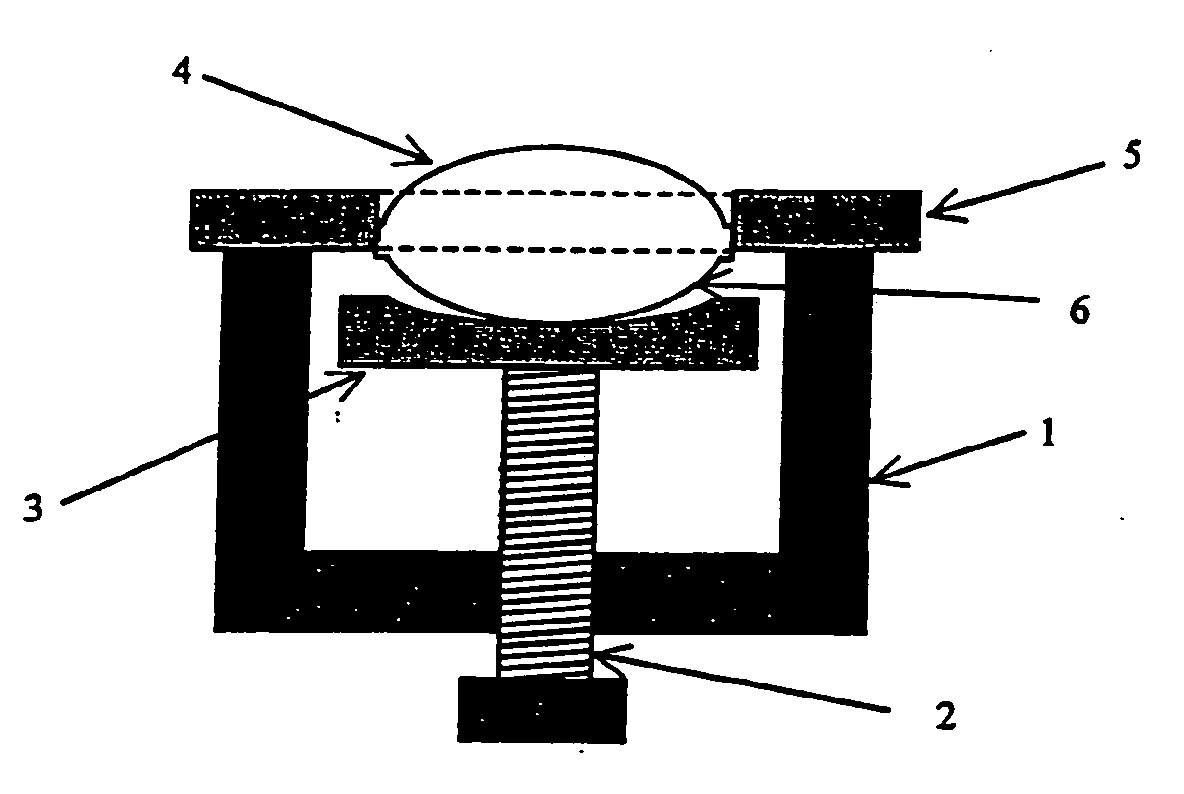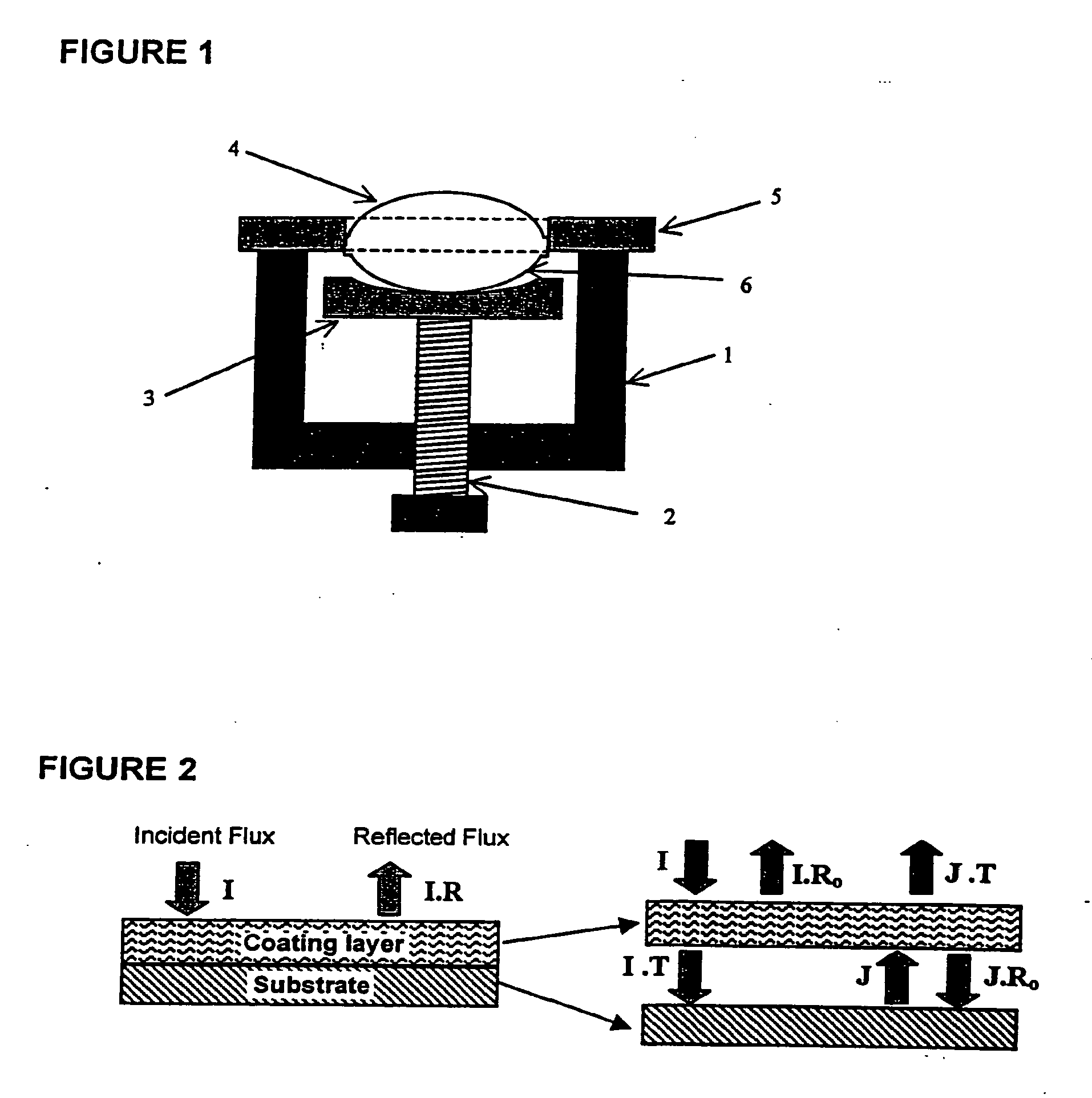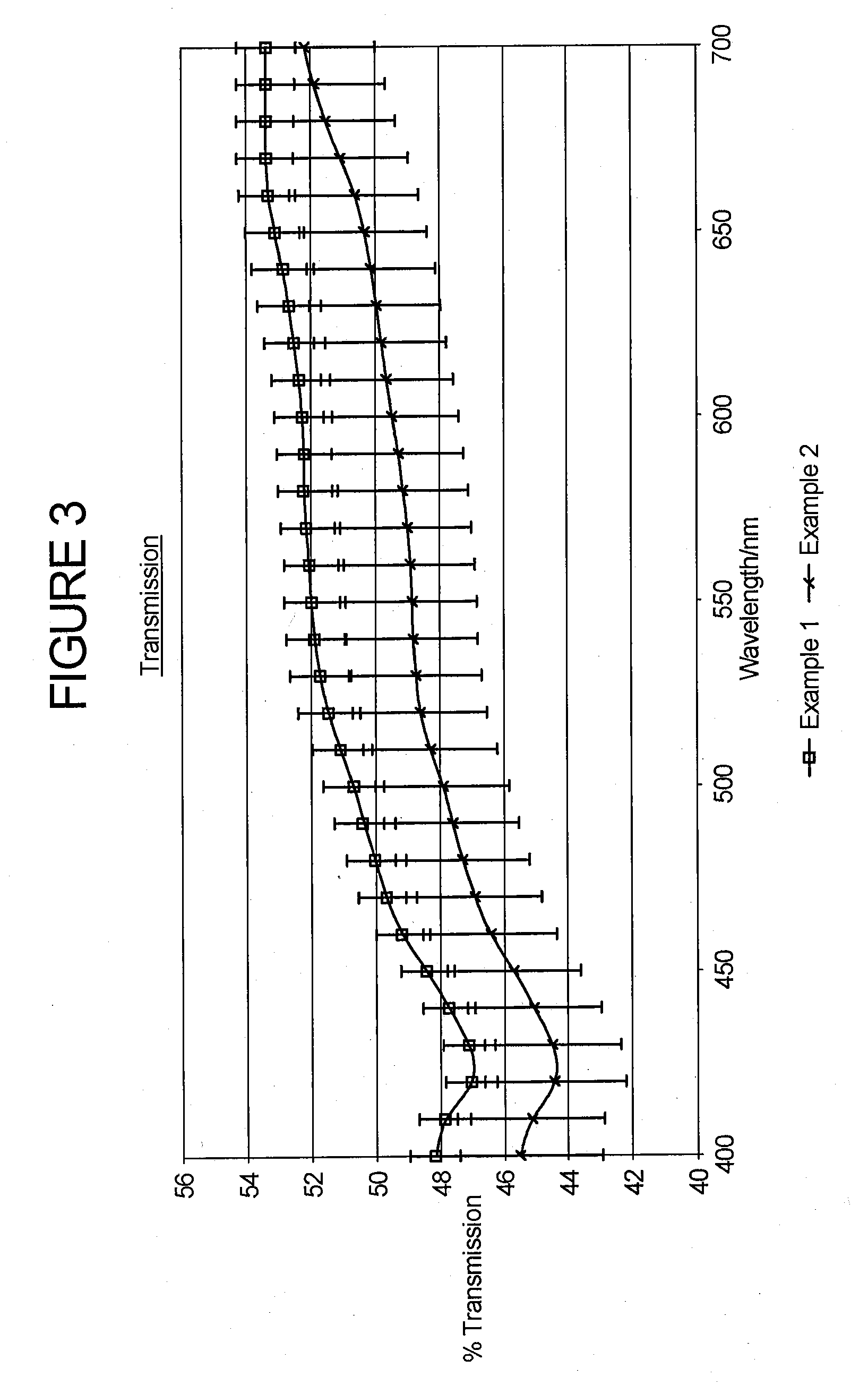Confectionery product
a technology for confectionery products and products, applied in the field of confectionery products, can solve the problems of affecting the quality of the final product, hygroscopic product and/or crystallisation of candy, and difficulty in dissolving acid or incompleteness,
- Summary
- Abstract
- Description
- Claims
- Application Information
AI Technical Summary
Benefits of technology
Problems solved by technology
Method used
Image
Examples
example 1
Product According to the Invention
[0043]50 kg of water at 95° C. is added to a stirred jacketed vessel. This is followed by 25 kg of maltitol syrup (Lycasin 80 / 55 from Roquette Freres) and then 125 kg Isomalt (Isomalt ST type F from Palatinit Süβungsmittel GmbH). The batch is mixed and heated until the batch reaches a temperature of 80° C. 1 kg citric acid (citric acid anhydrous, fine granular 51 N, Roche), 1.4 kg malic acid (malic acid Fuso type M, fine granular) and 0.2 kg AcesulfameK are added manually to the batch to form a casing premix.
[0044]The casing premix is continuously pumped into two evaporators arranged in series. The first stage takes the mass to 120° C. at atmospheric pressure and then the second stage heats the mass to 138° C. The mass enters a flash system where a vacuum (0.5 atm.) is applied to take the mass to a final moisture content of 1.2%.
[0045]The resulting cooked mass is cooled down on a table to 70° C. A batch roller equipped with a powder pump is charged ...
example 2
Comparison Example with Addition of Acid after Cooking
[0046]50 kg of water at 95° C. is added to a stirred jacketed vessel. This is followed by 25 kg of maltitol syrup (Lycasin 80 / 55 from Roquette Freres) and then 125 kg Isomalt (Isomalt ST type F from Palatinit Süβungsmittel GmbH). The batch is mixed and heated until the batch reaches a temperature of 110° C. The batch is then passed to an evaporator where it is cooked to 145° C. The mass is then put in batch under a slight vacuum (0.9 atm.) for 3 minutes. The cooked mass is then discharged on a cooled table and 1 kg citric acid (citric acid anhydrous, fine granular 51 N, Roche), 1.4 kg malic acid (malic acid Fuso type M, fine granular) and 0.2 kg AcesulfameK are added. The ingredients are mixed until a plastic mass if formed. This mass at 70° C. is then introduced into a batch roller equipped with a powder pump.
[0047]A filling of 98% xylitol powder (Xylisorb 90 from Roquette Freres), 1% citric acid, 0.2% lemon flavor, 0.8% Acesulf...
example 3
Measurement of Transmission
[0048]Samples of the outer casing of the products produced in Examples 1 and 2 are prepared for optical analysis by mounting them in a metal ring, cutting off the back of the product flush with the ring and then brushing out the filling powder. Mounting the samples in a ring provides three benefits. Once fixed in the ring, the sample can be more easily handled without touching or damaging the product surface. The position of the ring determines the thickness of the sample which is to be measured so that the average path length of light through all samples can be made approximately the same. The dimensions of each sample relative to the ring can be easily measured using engineering tools such as a digital calliper or a micrometer.
[0049]FIG. 1 shows a cross-sectional diagram of mounting apparatus for fitting a ring (5) to a sample (4). A sample holder (3) can be positioned at a set height relative to a mounting frame (1) by adjusting a screw (2). The positio...
PUM
| Property | Measurement | Unit |
|---|---|---|
| transparency | aaaaa | aaaaa |
| temperature | aaaaa | aaaaa |
| temperature | aaaaa | aaaaa |
Abstract
Description
Claims
Application Information
 Login to View More
Login to View More - R&D
- Intellectual Property
- Life Sciences
- Materials
- Tech Scout
- Unparalleled Data Quality
- Higher Quality Content
- 60% Fewer Hallucinations
Browse by: Latest US Patents, China's latest patents, Technical Efficacy Thesaurus, Application Domain, Technology Topic, Popular Technical Reports.
© 2025 PatSnap. All rights reserved.Legal|Privacy policy|Modern Slavery Act Transparency Statement|Sitemap|About US| Contact US: help@patsnap.com



